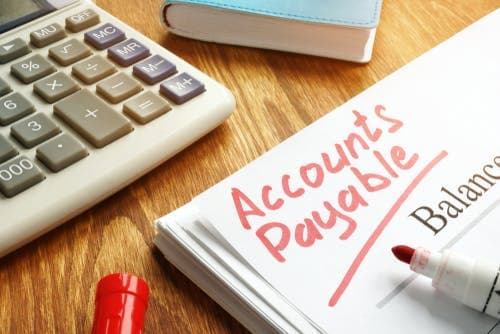
What are accounts receivable and accounts payable?
August 17, 2021What are accounts receivable and accounts payable?
Accounts receivable
How to record an accounts receivable entry
| Date | Reference | Debit | Credit | ||
|---|---|---|---|---|---|
| 1-7-2021 | Accounts Receivable – G. Jones Ltd | Inv. 1 | £100 | ||
| Sales | £100 |
| Date | Reference | Debit | Credit | ||
|---|---|---|---|---|---|
| 1-7-2021 | Accounts Receivable – G. Jones Ltd | Inv. 1 | £100 | ||
| 1-7-2021 | Sales | £100 | |||
| 20-7-2021 | Cash | £100 | |||
| 20-7-2021 | Accounts Receivable – G. Jones Ltd | £100 |
Accounts payable
How to record an accounts payable entry
| Date | Reference | Debit | Credit | |
|---|---|---|---|---|
| 15-7-2021 | Accounts Payable – Office King | Inv. x219 | £250 | |
| Office supplies | £250 |
| Date | Reference | Debit | Credit | |
|---|---|---|---|---|
| 15-7-2021 | Accounts Payable – Office King | Inv. x219 | £250 | |
| 15-7-2021 | Office supplies | £250 | ||
| 1-8-2021 | Cash | £250 | ||
| 1-8-2021 | Accounts Payable – Office King | £250 |





